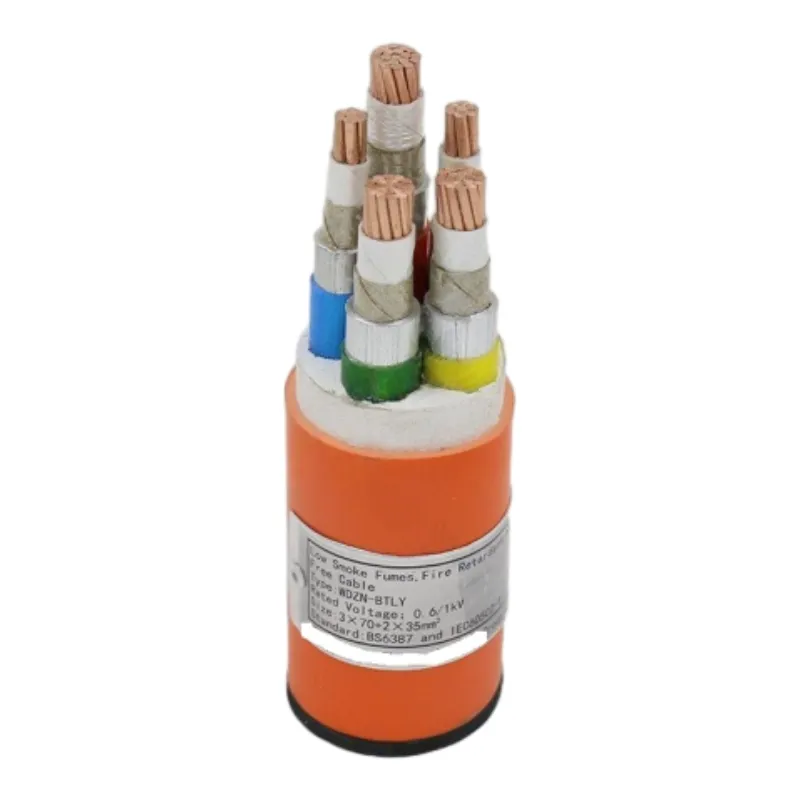Oct . 18, 2024 11:48 Back to list
Understanding the Functionality of Rubber Check Valves in Fluid Systems
Understanding Rubber Check Valves Function and Applications
Rubber check valves, often regarded as essential components in various fluid systems, play a vital role in maintaining the integrity of flow dynamics. These valves are designed to prevent backflow, ensuring that fluids move in one direction only. This article delves into the construction, working principle, advantages, applications, and maintenance of rubber check valves.
Construction of Rubber Check Valves
Rubber check valves are generally made from flexible rubber materials, allowing them to open and close with ease. The key components of these valves include the body, the seat, and the closing mechanism, often referred to as a disk or flap. The body can vary in size and shape, but it typically features a round or cylindrical design to facilitate smooth fluid flow. The seat, which is integrated into the valve body, provides a surface for the closing mechanism to rest against when the valve is in a closed position.
The rubber composition of these valves offers several advantages, including resistance to corrosion, flexibility, and a good sealing ability. The elastic properties of rubber allow the valve to quickly return to a closed position after the fluid pressure decreases, effectively preventing backflow.
Working Principle
Rubber check valves operate on a straightforward principle based on fluid dynamics. When fluid flows in the desired direction, it exerts pressure on the closing mechanism, causing it to lift and allow the fluid to pass through. This action continues as long as the pressure is maintained.
However, if the fluid attempts to flow back (reverse flow), the pressure on the opposite side of the closing mechanism increases, forcing it against the seat and sealing the valve shut. This feature is what makes rubber check valves so effective in preventing backflow, which can lead to contamination, system inefficiency, or safety hazards in various industrial and municipal applications.
Advantages of Rubber Check Valves
One of the foremost advantages of rubber check valves is their ease of installation and maintenance. Their lightweight and flexible design allows for simple integration into existing systems without requiring significant modifications. Additionally, rubber check valves are typically more cost-effective compared to other materials like metal or plastic, making them an attractive option for many applications.
rubber check valve

Another significant benefit is their ability to handle a wide range of operating conditions. The inherent flexibility of rubber enables the valve to accommodate variations in pressure and temperature without compromising its functionality. Furthermore, rubber’s resistance to chemicals and harsh environmental conditions enhances the longevity and reliability of these valves.
Applications
Rubber check valves find extensive use in various industries due to their favorable characteristics. In the water and wastewater treatment sector, they are employed to prevent backflow in pumps and pipelines, safeguarding the system from contamination. Similarly, in plumbing systems, these valves are integral to maintaining proper flow direction, preventing issues such as sewer backup.
In the agricultural sector, rubber check valves are used in irrigation systems to ensure that water flows in the intended direction, optimizing resource usage. They are also prevalent in the chemical processing industry, where they help manage the flow of corrosive substances safely.
Moreover, rubber check valves are common in HVAC systems, ensuring that air and steam flow correctly while preventing backflow that could disrupt the system's efficiency.
Maintenance and Best Practices
To ensure optimal performance, regular maintenance of rubber check valves is essential. This includes periodic inspections for wear and tear, as well as checking for any signs of leaks. Cleaning the valve periodically can also prevent build-up that could impede function.
Moreover, users should ensure that the valves are installed according to manufacturer guidelines and that they are suited for the specific application and operational conditions. Using the right size and type of valve is critical to avoiding malfunctions and extending the lifespan of the valve.
Conclusion
Rubber check valves are fundamental components in a myriad of fluid systems, thanks to their efficiency, versatility, and cost-effectiveness. Understanding their construction, operating principles, and potential applications can help industries optimize their processes while ensuring safety and reliability. As technology advances, it is likely that we will see further innovations in rubber check valve designs, enhancing their performance and widening their scope of applications even more.
Share
-
Reliable Wafer Type Butterfly Valves for Every IndustryNewsJul.25,2025
-
Reliable Flow Control Begins with the Right Ball Check ValveNewsJul.25,2025
-
Precision Flow Control Starts with Quality ValvesNewsJul.25,2025
-
Industrial Flow Control ReliabilityNewsJul.25,2025
-
Engineered for Efficiency Gate Valves That Power Industrial PerformanceNewsJul.25,2025
-
Empowering Infrastructure Through Quality ManufacturingNewsJul.25,2025